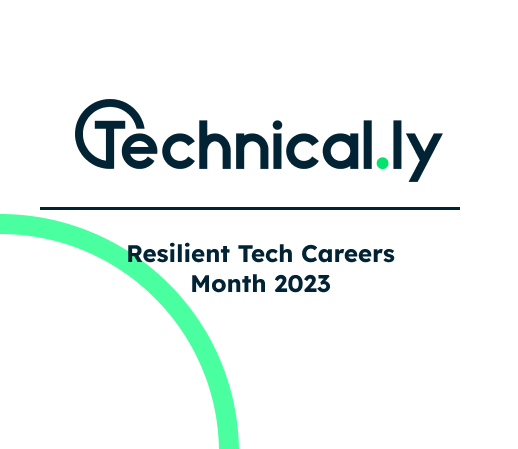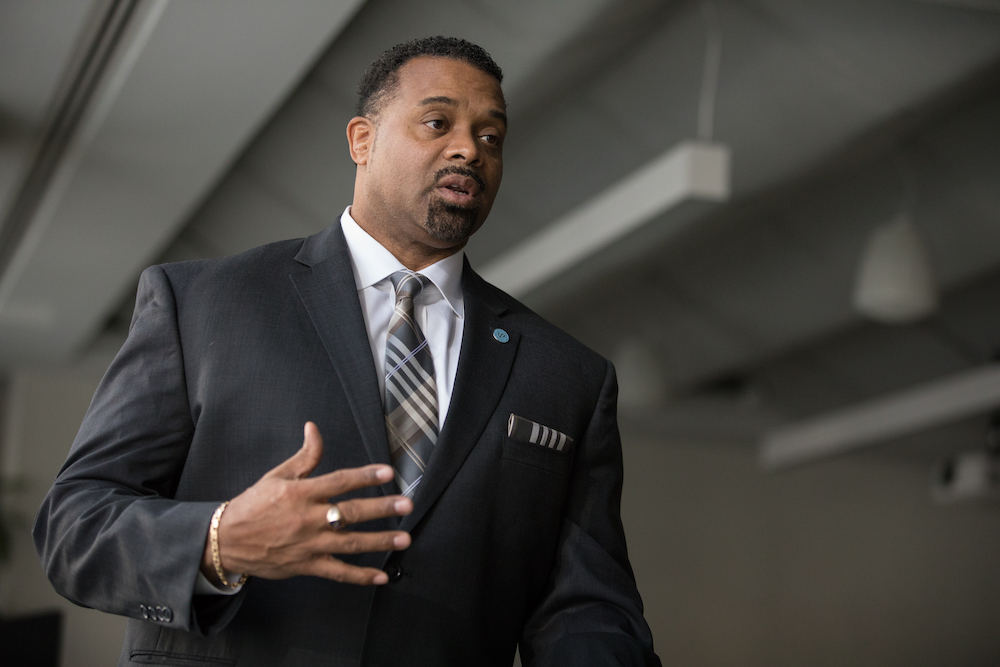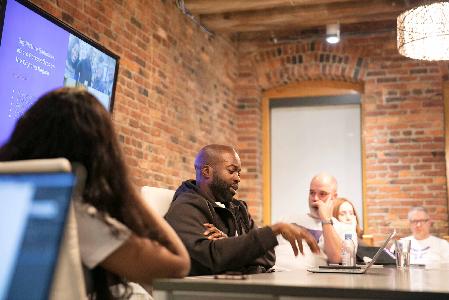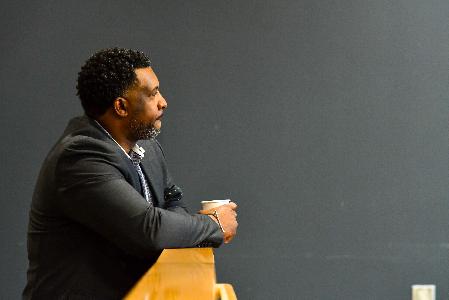That’s where Carnegie Mellon University, maad labs and The Forbes Funds are hoping Strategic Design in a Box can come in. The three entities came together over three years to design a virtual course featuring strategies instructing nonprofit and philanthropy leaders on how to build strategies and problem-solve more efficiently.
The pandemic forced mission-minded professionals to reconsider how they can best impact the world and interact with communities, said Adam Paulisick, founder of maad labs and CMU faculty member. With that in mind, in 2020, leaders at the university along with The Forbes Fund and maad labs felt nonprofits could benefit from tools to guide their strategic processes.
“There was this moment of, OK, how are we going to deliver services if we can’t be as in-person?’” Paulisick told Technical.ly. “Or as there’s a greater and greater expectation to benefit from modern technology and digital tools, how can they … enrich the process?”
The Strategic Design in a Box includes stakeholder maps, AI-informed tools to assist nonprofits in executing their strategies, and CMU faculty members providing their expertise through recorded videos. Additionally, Paulisick said, the course advises participants on how to tackle systemic issues such as housing and food insecurity, while grappling with the reality that some of the communities they serve may have limited access to technology.
Although the course includes digital tools nonprofits can use, the course is designed so a lack of digital literacy won’t rule out an org’s ability to benefit from it, per Paulisick.
“We saw it as a catalytic opportunity to really create a level playing field for other nonprofits that historically have been left out of the equation because they didn’t have the technical skills.”Fred Brown The Forbes Fund
“We develop not only methods that could handle and tackle the strategic problems that were happening in the ecosystem, but we also created methods that anyone, regardless of their digital literacy or digital capabilities, could engage in the process,” Paulisick said. “We know that the people living the problem are the only ones that inherently can solve the problem, or certainly validate the solution to solve the problem.”
Although he knows some members of the public are apprehensive about artificial intelligence, The Forbes Fund’s CEO and President Fred Brown said those involved in producing Strategic Design in a Box believed that the best course of action would be to find ways to leverage AI for social good. For nonprofits, this could mean using AI to conduct research more efficiently, create more detailed presentations, or pick up the slack at orgs with a small staff.
Since many nonprofits have small budgets, Brown said, the program creators believed best practices should include using the technology to help nonprofits become more effective.
“We saw it as a catalytic opportunity to really create a level playing field for other nonprofits that historically have been left out of the equation because they didn’t have the technical skills,” Brown said. “They couldn’t write grants and demonstrate effective measurable outcomes as effectively and efficiently as much larger ones could. They didn’t have the infrastructure to be competitive, but they also played a critical role.”
If you’re a nonprofit pro or a philanthropist who could benefit from Strategic Design in a Box, heads up: Because the project comes as part of a collaboration with the Greater Pittsburgh Nonprofit Partnership, Pittsburgh nonprofits that are strategic partners of The Forbes Fund and GPNP members will have access at no cost.
The course’s creators believe it will help nonprofits in the area improve lives inside and outside of the city.
“As a result of the pandemic, the world is moving more quickly,” Brown said. “This approach is a marriage between a humanity-centered approach and optimiz[ing] technology to increase the gifts, skills and talents of organization and leadership to create strategic and pragmatic responses to very complex problems.”
Atiya Irvin-Mitchell is a 2022-2024 corps member for Report for America, an initiative of The Groundtruth Project that pairs young journalists with local newsrooms. This position is supported by the Heinz Endowments.
This editorial article is a part of Resilient Tech Careers Month of Technical.ly’s editorial calendar.
Before you go...
Please consider supporting Technical.ly to keep our independent journalism strong. Unlike most business-focused media outlets, we don’t have a paywall. Instead, we count on your personal and organizational support.
3 ways to support our work:- Contribute to the Journalism Fund. Charitable giving ensures our information remains free and accessible for residents to discover workforce programs and entrepreneurship pathways. This includes philanthropic grants and individual tax-deductible donations from readers like you.
- Use our Preferred Partners. Our directory of vetted providers offers high-quality recommendations for services our readers need, and each referral supports our journalism.
- Use our services. If you need entrepreneurs and tech leaders to buy your services, are seeking technologists to hire or want more professionals to know about your ecosystem, Technical.ly has the biggest and most engaged audience in the mid-Atlantic. We help companies tell their stories and answer big questions to meet and serve our community.
Join our growing Slack community
Join 5,000 tech professionals and entrepreneurs in our community Slack today!







